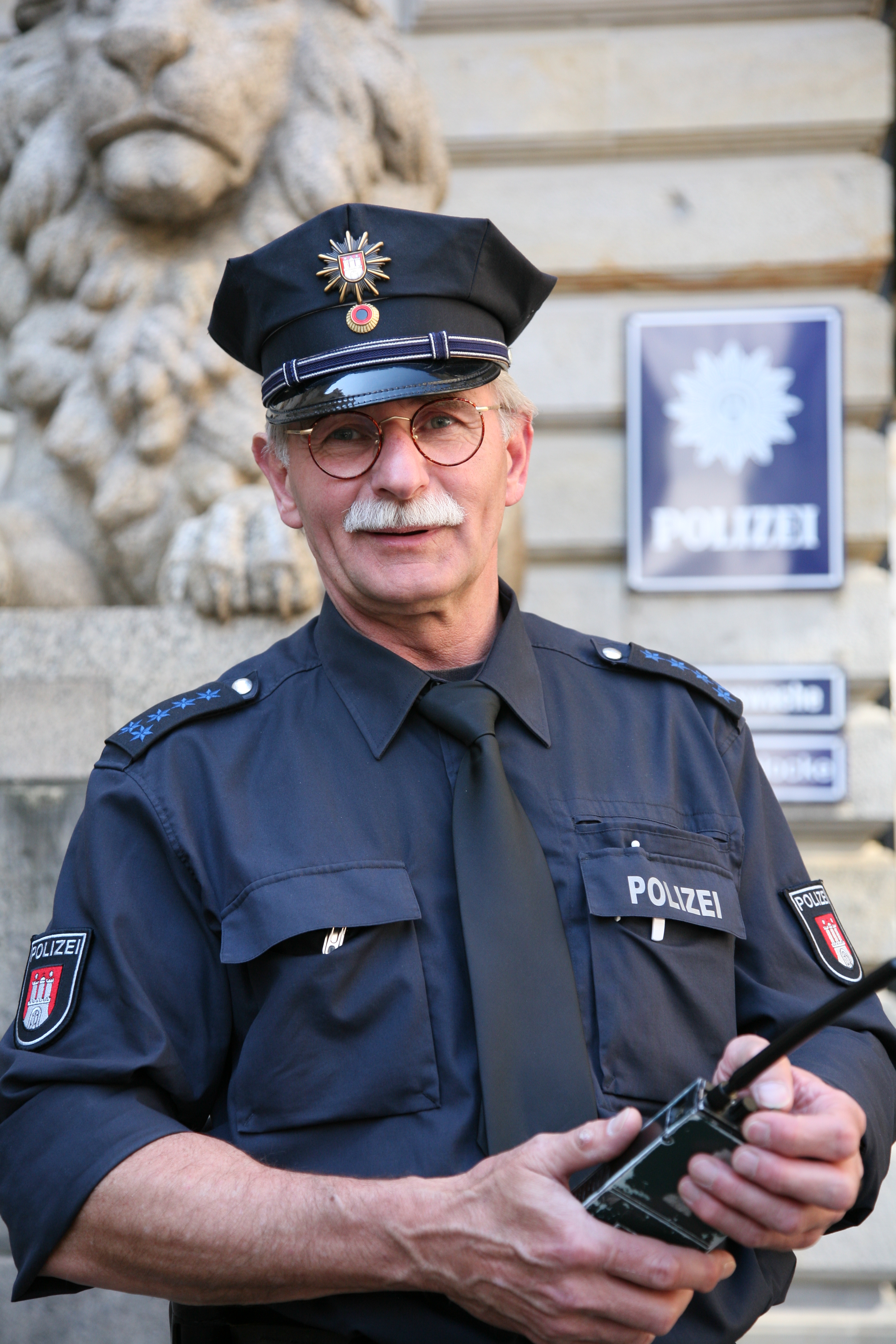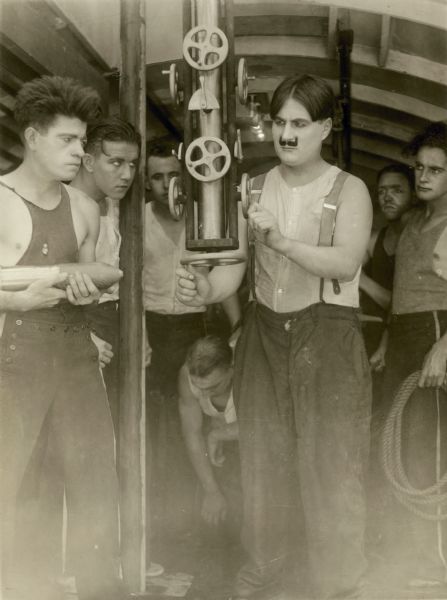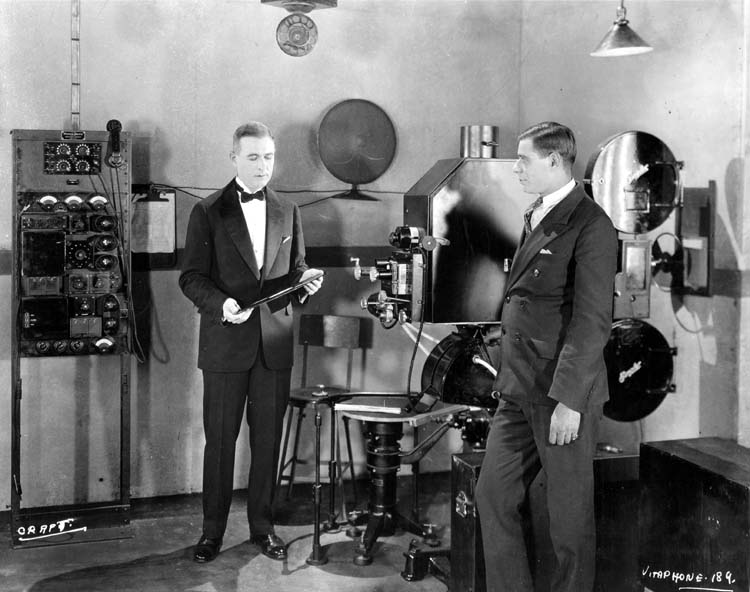|
Old Bill (comics)
Old Bill is a fictional character created in 1914–15 by cartoonist Bruce Bairnsfather. Old Bill was depicted as an elderly, pipe-smoking British "tommy" with a walrus moustache. The character achieved a great deal of popularity during World War I where it was considered a major morale booster for the British troops. Old Bill and his younger troopmate little Alphie were private infantrymen in the British Expeditionary Force. Many claims have been put forth as being the model for "Old Bill" but the most likely appears to be Thomas Henry Rafferty, a lance corporal from Birmingham in Bairnsfather's regiment, the Royal Warwickshires, who was killed in the same action that invalided Bairnsfather in April 1915. Rafferty was featured in the ''Weekly Dispatch'' in 1917, referred to as "Old Bill," along with a photograph taken by Bairnsfather. Adaptations In 1917, a successful musical based on the character, ''The Better 'Ole'', opened in London at the Oxford Music Hall, where it r ... [...More Info...] [...Related Items...] OR: [Wikipedia] [Google] [Baidu] |
Bruce Bairnsfather
Captain Charles Bruce Bairnsfather (9 July 188729 September 1959) was a prominent British humour, humorist and cartoonist. His best-known cartoon character is Old Bill (comics), Old Bill. Bill and his pals Bert and Alf featured in Bairnsfather's weekly "Fragments from France" cartoons published weekly in ''The Bystander'' magazine during the First World War. Early life Bairnsfather was born at Murree, British India (now Pakistan) to Major Thomas Henry Bairnsfather (1859–1944), of the Indian Staff Corps, and (Amelia) Jane Eliza, daughter of Edward Every-Clayton and granddaughter of Sir Henry Every, 9th Every baronets, Baronet. His parents were second cousins, both being great-grandchildren of Sir Edward Every, 8th Baronet. Bairnsfather spent his early life in India, but was brought to England in 1895 to be educated at the United Services College, Westward Ho!, then at Stratford-upon-Avon. Initially intending a military career, he failed the entrance exams to the Royal Military C ... [...More Info...] [...Related Items...] OR: [Wikipedia] [Google] [Baidu] |
Silent Film
A silent film is a film without synchronized recorded sound (or more generally, no audible dialogue). Though silent films convey narrative and emotion visually, various plot elements (such as a setting or era) or key lines of dialogue may, when necessary, be conveyed by the use of inter- title cards. The term "silent film" is something of a misnomer, as these films were almost always accompanied by live sounds. During the silent era, which existed from the mid-1890s to the late 1920s, a pianist, theater organist—or even, in larger cities, an orchestra—would play music to accompany the films. Pianists and organists would play either from sheet music, or improvisation. Sometimes a person would even narrate the inter-title cards for the audience. Though at the time the technology to synchronize sound with the film did not exist, music was seen as an essential part of the viewing experience. "Silent film" is typically used as a historical term to describe an era of cinema p ... [...More Info...] [...Related Items...] OR: [Wikipedia] [Google] [Baidu] |
LGOC B-type
The LGOC B-type is a model of double-decker bus that was introduced in London in 1910. It was both built and operated by the London General Omnibus Company (LGOC). Design and pre-war service B-type buses were built in Walthamstow and replaced the X-type bus. It had a 34-seat capacity and is often considered to be the first mass-produced bus. The first bus began carrying passengers in 1911. By 1913 over 2500 had been built. The B-type was designed by Frank Searle, who was chief engineer of the LGOC. It had a wooden frame, steel wheels, a worm drive and chain gearbox. Its top speed was , which was above the legal speed limit at that time of . However the vehicle could reach under the right conditions. B-types carried 16 passengers inside and had seats for 18 on the uncovered top deck. These outside seats were fitted with wet-weather canvas covers. Electric lighting was introduced from 1912, and headlights in 1913. Before this, it was thought that interior lighting would render ... [...More Info...] [...Related Items...] OR: [Wikipedia] [Google] [Baidu] |
Police
The police are Law enforcement organization, a constituted body of Law enforcement officer, people empowered by a State (polity), state with the aim of Law enforcement, enforcing the law and protecting the Public order policing, public order as well as the public itself. This commonly includes ensuring the safety, health, and possessions of citizens, and to prevent crime and civil disorder. Their lawful powers encompass arrest and the use of force legitimized by the state via the monopoly on violence. The term is most commonly associated with the police forces of a sovereign state that are authorized to exercise the Law enforcement agency powers, police power of that state within a defined legal or territorial area of responsibility. Police forces are often defined as being separate from the military and other organizations involved in the defense of the state against foreign aggressors; however, gendarmerie are military units charged with civil policing. Police forces are usua ... [...More Info...] [...Related Items...] OR: [Wikipedia] [Google] [Baidu] |
Kingston, Ontario
Kingston is a city in Ontario, Canada, on the northeastern end of Lake Ontario. It is at the beginning of the St. Lawrence River and at the mouth of the Cataraqui River, the south end of the Rideau Canal. Kingston is near the Thousand Islands, a tourist region to the east, and the Prince Edward County, Ontario, Prince Edward County tourist region to the west. Kingston is nicknamed the "Limestone City" because it has many heritage buildings constructed using local limestone. Growing European exploration in the 17th century and the desire for the Europeans to establish a presence close to local Native occupants to control trade led to the founding of a New France, French trading post and military fort at a site known as "Cataraqui" (generally pronounced ) in 1673. The outpost, called Fort Cataraqui, and later Fort Frontenac, became a focus for settlement. After the Conquest of New France (1759–1763), the site of Kingston was relinquished to the British. Cataraqui was renamed K ... [...More Info...] [...Related Items...] OR: [Wikipedia] [Google] [Baidu] |
Royal Military College Of Canada
The Royal Military College of Canada (), abbreviated in English as RMC and in French as CMR, is a Military academy#Canada, military academy and, since 1959, a List of universities in Canada#Ontario, degree-granting university of the Canadian Armed Forces. It was established in 1874 and conducted its first classes on June 1, 1876. Programs are offered at the Undergraduate education, undergraduate and Graduate school#Canada, graduate levels, both on campus as well as through the college's distance learning program via the Division of Continuing Studies. Located on Point Frederick (Kingston, Ontario), Point Frederick, a peninsula in Kingston, Ontario, the college is a mix of historic buildings and more modern academic, athletic, and dormitory facilities. RMC Officer cadet#Canada, officer cadets are trained in what are known as the "four pillars": Scholar, academics, Officer (armed forces), officership, College athletics#Canada, athletics, and Official bilingualism in Canada, bi ... [...More Info...] [...Related Items...] OR: [Wikipedia] [Google] [Baidu] |
Bill & Alphie @ Yeo Hall, Royal Military College Of Canada
Bill(s) may refer to: Common meanings * Banknote, paper cash (especially in the United States) * Bill (law), a proposed law put before a legislature * Invoice, commercial document issued by a seller to a buyer * Bill, a bird or animal's beak Places * Bill, Wyoming, an unincorporated community, United States People and fictional characters * Bill (given name), a list of people and fictional characters * Bill (surname) * Bill (footballer, born 1953), Brazilian football forward Oswaldo Faria * Bill (footballer, born 1978), Togolese football forward Alessandro Faria * Bill (footballer, born 1984), Brazilian football forward Rosimar Amâncio * Bill (footballer, born 1999), Brazilian forward Fabricio Rodrigues da Silva Ferreira Arts, media, and entertainment Characters * Bill, the villain of the ''Kill Bill'' films * Bill, one of the protagonists of the ''Bill & Ted'' films * A lizard in Lewis Carroll's ''Alice's Adventures in Wonderland'' * A locomotive in ''The Railway Series'' a ... [...More Info...] [...Related Items...] OR: [Wikipedia] [Google] [Baidu] |
Phony War
The Phoney War (; ; ) was an eight-month period at the outset of World War II during which there were virtually no Allied military land operations on the Western Front from roughly September 1939 to May 1940. World War II began on 3 September 1939 with declarations of war by the United Kingdom and France against Germany, but with little actual warfare occurring. Thus began the "Phoney" period. Although the Western Allies did not conduct major military actions during the Phoney War, they did implement economic warfare, especially a naval blockade of Germany, and they shut down German surface raiders. They meanwhile formulated elaborate plans for large-scale operations designed to cripple the German war effort. The plans included opening an Anglo-French front in the Balkans, invading Norway to seize control of Germany's main source of iron ore, and imposing an embargo against the Soviet Union which was Germany's primary oil supplier. By April 1940, the execution of the Nor ... [...More Info...] [...Related Items...] OR: [Wikipedia] [Google] [Baidu] |
Second World War
World War II or the Second World War (1 September 1939 – 2 September 1945) was a World war, global conflict between two coalitions: the Allies of World War II, Allies and the Axis powers. World War II by country, Nearly all of the world's countries participated, with many nations mobilising all resources in pursuit of total war. Tanks in World War II, Tanks and Air warfare of World War II, aircraft played major roles, enabling the strategic bombing of cities and delivery of the Atomic bombings of Hiroshima and Nagasaki, first and only nuclear weapons ever used in war. World War II is the List of wars by death toll, deadliest conflict in history, causing World War II casualties, the death of 70 to 85 million people, more than half of whom were civilians. Millions died in genocides, including the Holocaust, and by massacres, starvation, and disease. After the Allied victory, Allied-occupied Germany, Germany, Allied-occupied Austria, Austria, Occupation of Japan, Japan, a ... [...More Info...] [...Related Items...] OR: [Wikipedia] [Google] [Baidu] |
Old Bill And Son
''Old Bill and Son'' is a 1941 British black-and-white comedy war film directed by Ian Dalrymple. Centred on the First World War cartoon figure Old Bill and his escapades in the early Phoney War of World War II and with that character's creator Bruce Bairnsfather as one of its screenwriters, it stars Morland Graham, John Mills, Mary Clare and Ronald Shiner as Herbert 'Bert' Smith. It is executive produced by Alexander Korda for Legeran Films. Plot Old Bill, an old First World War soldier, argues with his son Young Bill about the latter not holding down a job. Soon afterwards the Second World War breaks out and Young Bill and the family lodger Sally both join up. Envious of them and despite his wife Maggie's entreaties not to, Old Bill attempts to join up but is turned down at the recruiting office and by his old commanding officer, who Old Bill had hoped would pull strings for him. He is finally successful, joining the Royal Pioneer Corps, and both he and his son are sent to ... [...More Info...] [...Related Items...] OR: [Wikipedia] [Google] [Baidu] |
Sydney Chaplin
Sydney John Chaplin (; 16 March 1885 – 16 April 1965) was an English actor. Chaplin was the elder half-brother of actor and filmmaker Charlie Chaplin and in later life, served as his business manager. Through their mother Hannah, they were older half-brothers to the younger Wheeler Dryden, who grew up separately with his father in England and was not told about his half-brothers until 1915. Dryden later immigrated to the United States, joining the Chaplins in Hollywood. Sydney Chaplin was also a half-uncle of actor Sydney Chaplin (1926–2009), who was named after him. Early life Sydney John Hill was born in London to the unmarried 19-year-old Hannah Hill, who was a music hall entertainer. She claimed the boy's father was Sydney Hawkes, but his father's identity was never verified. Hannah was of Romanichal heritage. A year later, his mother married Charles Chaplin Sr., and the latter became his legal guardian. Sydney's surname was changed to Chaplin. Hannah and Charl ... [...More Info...] [...Related Items...] OR: [Wikipedia] [Google] [Baidu] |
Vitaphone
Vitaphone was a sound film system used for feature films and nearly 1,000 short subjects made by Warner Bros. and its sister studio First National Pictures, First National from 1926 to 1931. Vitaphone is the last major analog sound-on-disc system and the only one that was widely used and commercially successful. The soundtrack is not printed on the film, but issued separately on Gramophone record, phonograph records. The discs, recorded at Revolutions per minute, rpm (a speed first used for this system) and typically in diameter, are played on a turntable physically coupled to the projector motor while the film is projected. Its frequency response is 4300 Hz. Many early sound film, talkies, such as ''The Jazz Singer'' (1927), used the Vitaphone system. The name "Vitaphone" derived from the Latin and Greek words, respectively, for "living" and "sound". The "Vitaphone" trademark was later associated with cartoons and other short subjects that had sound-on-film, optica ... [...More Info...] [...Related Items...] OR: [Wikipedia] [Google] [Baidu] |








